This article was medically reviewed by Janice Litza, MD. Dr. Litza is a board certified Family Medicine Physician in Wisconsin. She is a practicing Physician and taught as a Clinical Professor for 13 years, after receiving her MD from the University of Wisconsin-Madison School of Medicine and Public Health in 1998.
There are 11 references cited in this article, which can be found at the bottom of the page.
This article has been viewed 48,733 times.
Experts agree that rickets can usually be treated with vitamin D and calcium supplements, though it's important to talk to a doctor first.[1] Rickets is a condition that typically affects children's bone development, making their bones soft and weak. Research suggests that children are more likely to develop rickets if they don't get enough sunlight or experience malnutrition.[2] While rickets is a serious condition, it's also very treatable, so see your doctor as soon as you suspect you or your child may have it.
Steps
Making Dietary Changes
-
1Take the prescribed supplements. If someone is diagnosed with rickets, the doctor will prescribe supplements to replace the vitamins your body lacks. In most cases, the doctor will prescribe vitamin D, calcium, and/or phosphorus supplements. Make sure you or your child take the supplements as directed.[3]
- Vitamin D is best absorbed when taken with a meal, so plan to take your supplements with food.
-
2Consume foods high in vitamin D. One way to reach healthy vitamin D levels is by eating foods rich in this nutrient. The best dietary sources of vitamin D include fatty fish like salmon, tuna, and mackerel, as well as fish liver. Beef liver, egg yolks, and cheese are also good sources.[4]Advertisement
-
3Eat foods rich in calcium. You should add foods with calcium to your diet whenever possible. This is especially important if a calcium deficiency is part of the rickets diagnosis. Yogurt, milk, and cheese are all good sources of calcium. You can also add calcium to your diet with tofu, kale, or cabbage.[5]
Making Lifestyle Changes
-
1Spend time in the sun. A deficiency in vitamin D can be one of the root causes of rickets. Sunlight boosts the body’s vitamin D levels and can be an important part of a rickets treatment plan. If you have light skin, aim for 3 to 15 minutes of midday sun each day. If you have dark skin, try to get 15 to 30 minutes of midday sun exposure daily.[6]
-
2Wear corrective braces as directed. Sometimes a doctor will ask you or your child to wear corrective braces as part of the treatment for rickets. If the doctor asks you or your child to wear corrective devices, make sure you follow the doctor’s directions precisely. Corrective braces can help prevent and treat deformities caused by rickets.[7]
-
3Try gentle exercise. Gentle, regular exercise can help keep joints mobile and build muscle. Exercise can also help someone with rickets stay mobile. Ask your doctor what types of gentle exercise are right for you or your child.
Seeking Medical Help
-
1Seek medical attention if you suspect that you or someone you care for has rickets. You should not attempt to diagnose or treat rickets on your own. You will need the care and advice of a medical professional to help you determine the proper treatment for rickets.[8]
-
2Assess the risk of rickets. It is also a good idea to be aware if you or a loved one may be at risk of developing rickets. Some common risk factors include:[9]
- Having dark skin.
- Being born to a mother who had a vitamin D deficiency during pregnancy.
- Living in a northern latitude or an area where there is less sunshine.
- Being born prematurely.
- Taking a medication that interferes with your body’s ability to absorb vitamin D, such as an anti-seizure or antiretroviral medication.
- Receiving breast milk only as an infant.
-
3Expect a physical examination. The doctor will do a physical examination as part of their effort to determine if you or your child has rickets. As part of the physical exam, they will be evaluating you or your child for tenderness or pain in your bones.[10]
-
4Ask for a blood test. Doctors use blood tests to determine whether or not a person has rickets. A doctor will usually test for low levels of calcium and phosphorus. They will also test for high levels of alkaline phosphatase. In some instances, doctors will perform genetic tests to see if the rickets is an inherited disorder.[11]
-
5Be prepared for bone x-rays. In addition to blood tests, doctors will also perform x-rays on you or your child’s bones. They will examine the x-rays for signs of calcium loss or for changes in the shape of a bone. Ask the doctor to perform x-rays in addition to blood tests if you think you or your child has rickets.[12]
-
6Ask the doctor for a treatment plan. Before you attempt to treat rickets, you should obtain a detailed treatment plan from your doctor. This will include the types and amounts of supplements you or your child should take, foods you or your child should be eating, and possibly the use of corrective braces.[13]
-
7Follow up with your doctor. It is important that you monitor the disease through regular checkups, x-rays, and blood tests. Talk to your doctor about how often you or your child should be reevaluated.[14]
-
8Be prepared for surgery. Sometimes surgery is needed to correct bone damage caused by rickets. Surgery can help correct bone deformities and prevent future disfigurement. Ask the doctor if surgery will be part of the recovery plan.[15]
- The type of surgery you or your child might need depends on you or your child’s medical history and particular case.
Expert Q&A
-
QuestionMy baby is 4 months old and I'm still breastfeeding. Should I be concerned about rickets?
 Janice Litza, MDDr. Litza is a board certified Family Medicine Physician in Wisconsin. She is a practicing Physician and taught as a Clinical Professor for 13 years, after receiving her MD from the University of Wisconsin-Madison School of Medicine and Public Health in 1998.
Janice Litza, MDDr. Litza is a board certified Family Medicine Physician in Wisconsin. She is a practicing Physician and taught as a Clinical Professor for 13 years, after receiving her MD from the University of Wisconsin-Madison School of Medicine and Public Health in 1998.
Board Certified Family Medicine Physician It may not be possible for a baby to get sufficient vitamin D from breast milk alone, so babies who are fed breast milk exclusively are at a higher risk of developing rickets. It is also not recommended to expose infants to direct sunlight, so babies who are exclusively breastfed should receive a supplement of 400 IU of vitamin D per day. This is the recommended daily allowance for this nutrient during infancy.
It may not be possible for a baby to get sufficient vitamin D from breast milk alone, so babies who are fed breast milk exclusively are at a higher risk of developing rickets. It is also not recommended to expose infants to direct sunlight, so babies who are exclusively breastfed should receive a supplement of 400 IU of vitamin D per day. This is the recommended daily allowance for this nutrient during infancy.
References
- ↑ https://www.mayoclinic.org/diseases-conditions/rickets/diagnosis-treatment/drc-20351949
- ↑ https://www.nhs.uk/conditions/rickets-and-osteomalacia/
- ↑ https://www.ncbi.nlm.nih.gov/pmc/articles/PMC2290997/
- ↑ https://ods.od.nih.gov/factsheets/VitaminD-HealthProfessional/
- ↑ https://ods.od.nih.gov/factsheets/Calcium-HealthProfessional/
- ↑ https://www.mayoclinic.org/diseases-conditions/rickets/symptoms-causes/syc-20351943
- ↑ https://medlineplus.gov/ency/article/000344.htm
- ↑ https://www.mayoclinic.org/diseases-conditions/rickets/symptoms-causes/syc-20351943
- ↑ http://www.mayoclinic.org/diseases-conditions/rickets/symptoms-causes/dxc-20200468
- ↑ https://medlineplus.gov/ency/article/000344.htm
- ↑ https://rarediseases.info.nih.gov/diseases/5700/rickets
- ↑ https://rarediseases.info.nih.gov/diseases/5700/rickets
- ↑ https://www.mayoclinic.org/diseases-conditions/rickets/diagnosis-treatment/drc-20351949
- ↑ http://www.mayoclinic.org/diseases-conditions/rickets/diagnosis-treatment/treatment/txc-20200471
- ↑ https://orthoinfo.aaos.org/en/diseases--conditions/rickets/
About This Article
To treat rickets in your child, have them take prescribed supplements daily, like vitamin D, calcium, and phosphorus, to replenish their vitamin levels. You should also have them eat vitamin D-rich foods like salmon and eggs, as well as calcium-rich foods like yogurt, milk, and cheese. Besides eating nutritious foods, you may need to get corrective braces for your child to prevent deformities. You can also ask your doctor if they recommend gentle exercise to keep your child’s joints healthy and build muscle as they recover. To learn how to tell if your child is at risk for rickets, read more from our Medical co-author.
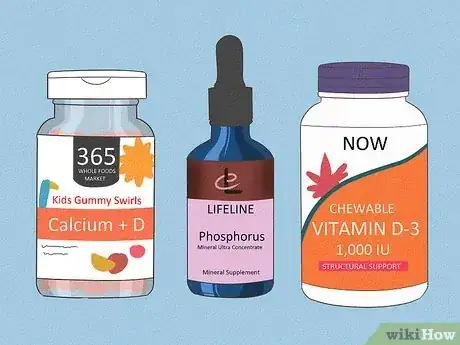

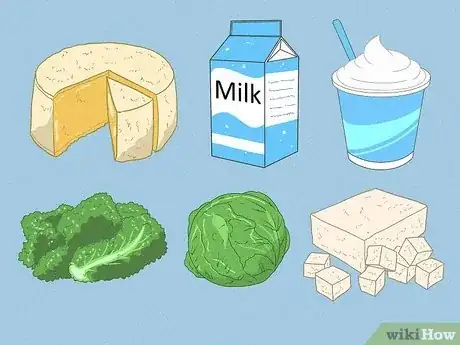
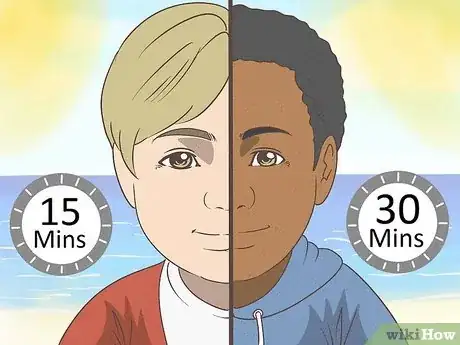
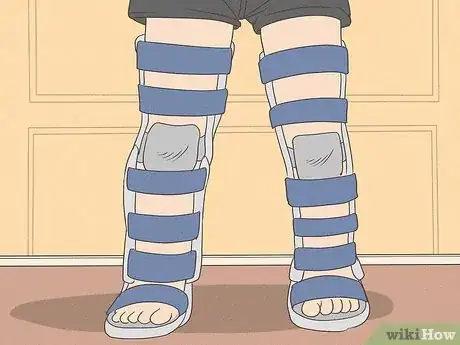
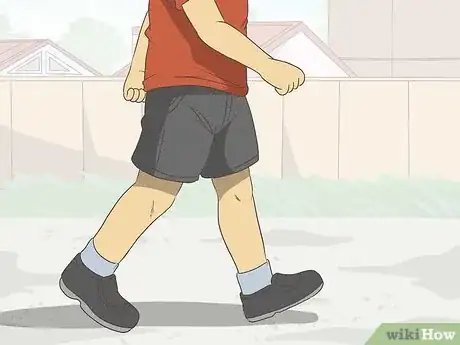
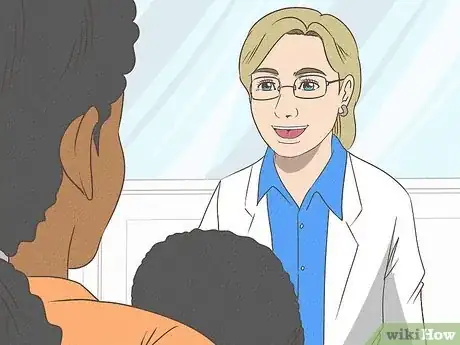

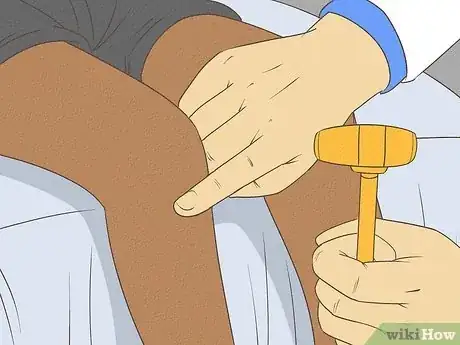
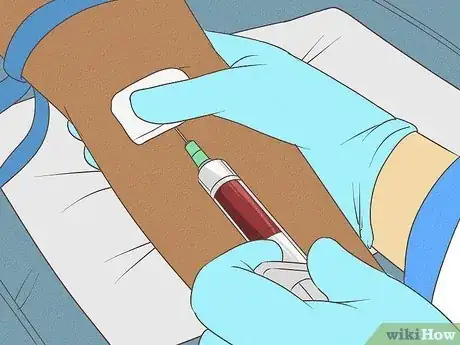
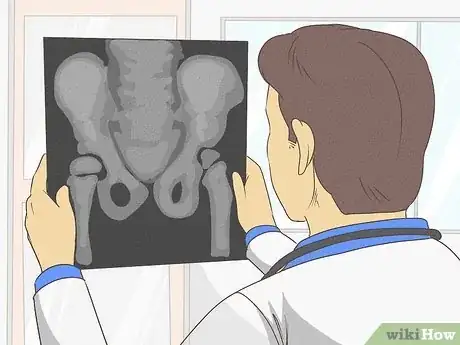
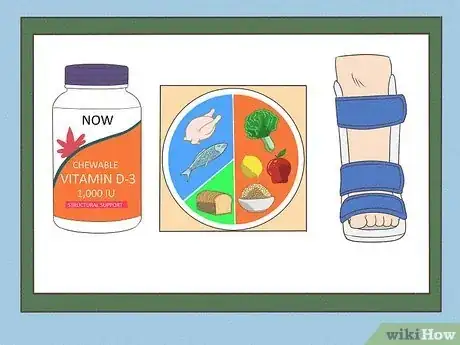
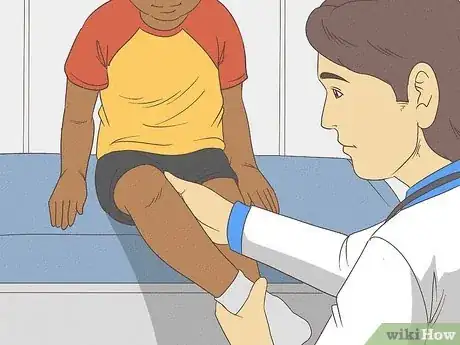
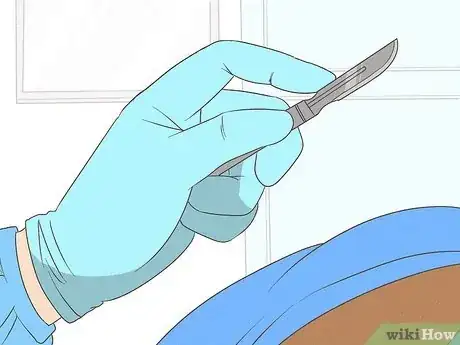
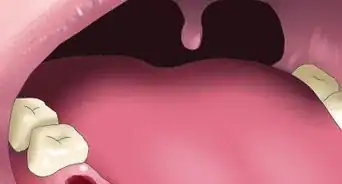
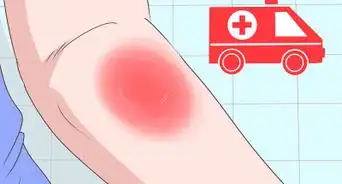
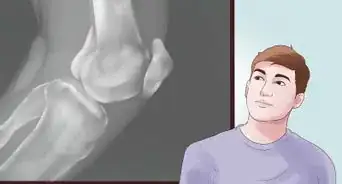

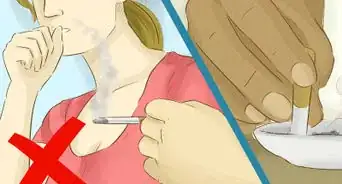
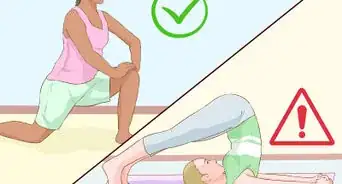

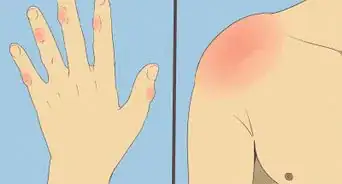

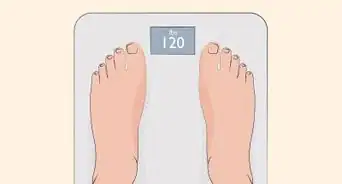
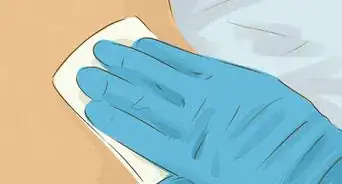
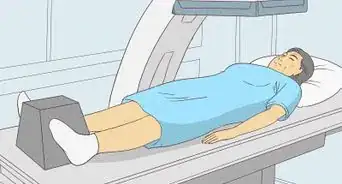








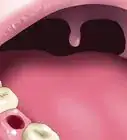
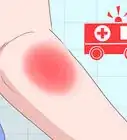
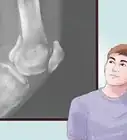




































Medical Disclaimer
The content of this article is not intended to be a substitute for professional medical advice, examination, diagnosis, or treatment. You should always contact your doctor or other qualified healthcare professional before starting, changing, or stopping any kind of health treatment.
Read More...